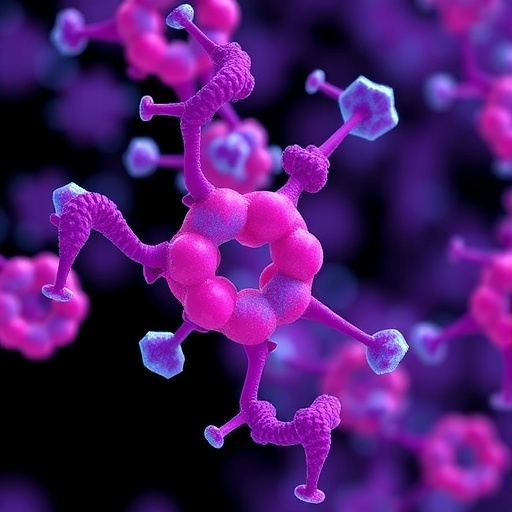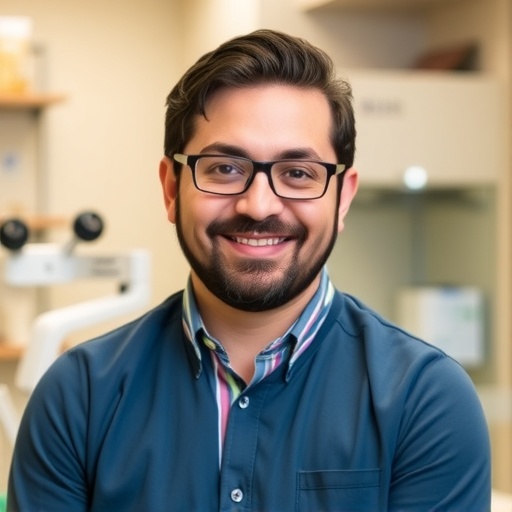In a groundbreaking study challenging the long-held belief that cancer risk continuously escalates with age, researchers from Stanford University have unveiled surprising insights into how aging influences lung tumor development. Contrary to conventional wisdom, their findings reveal that older laboratory mice exhibit significantly fewer and less aggressive lung tumors compared to their younger counterparts. This discovery not only aligns with epidemiological observations in very elderly humans but also suggests a complex interplay between aging-associated molecular changes and cancer suppression mechanisms.
Traditionally, the scientific consensus has held that cumulative genetic mutations, accruing from each cellular division over time, steadily increase cancer risk as organisms grow older. This is rooted in the idea that DNA replication errors and environmental insults compound over decades, gradually undermining the genomic integrity of cells. Cancer incidence data trail this narrative closely—rises sharply through middle to late adulthood, peaking around the seventh or eighth decade of life. However, intriguingly, beyond the age of 85, cancer rates plateau and may even decline, a phenomenon previously attributed to factors such as diminished cancer screening or selective survival of individuals with robust immune defenses.
The Stanford team, led by associate professor of genetics Monte Winslow and professor of biology Dmitri Petrov, sought to decipher this paradox through rigorous experimental modeling. They genetically engineered mice to develop fluorescently tagged lung cancers upon activation of oncogenic KRAS mutations, enabling precise visualization and quantification of tumors. Crucially, they conducted comparative analyses between young adult mice (4 to 6 months old) and aged mice nearing the end of their natural lifespan (20 to 21 months old), an approach that required patient longitudinal commitment given that typical laboratory mice live approximately two years.
Results were striking and unexpected. When exposed to lung cancer initiation triggers, young mice consistently developed approximately threefold more tumors than the older cohort. Furthermore, tumors in young mice were not only more numerous but also significantly larger and more proliferative, as evidenced by lung weight measures and fluorescent imaging. This robust difference underscored that aging exerts a tumor-suppressive effect that fundamentally alters cancer dynamics, even in the presence of potent oncogenic drivers like mutant KRAS.
Delving deeper, the researchers investigated the impact of disabling a suite of 25 tumor suppressor genes—genes integral to halting aberrant cell growth and typically involved in aging-related cellular processes. These genetic interventions generally increased tumor incidence, but the effect sizes were consistently diminished in older mice. Among the tumor suppressor genes tested, PTEN inactivation emerged as a particularly notable case. Loss of PTEN function dramatically augmented tumor formation in young animals but had a far less pronounced effect in aged mice, suggesting that age-related molecular contexts modulate the consequences of specific genetic alterations.
Intriguingly, gene expression analyses in cancer cells derived from aged animals revealed persistent signatures of aging despite rapid cellular proliferation. This challenges the expectation that cancer cells, which divide uncontrollably, would revert to a more “youthful” molecular state. However, in old mice where PTEN was inactivated, these aging-associated transcriptional signatures were markedly diminished, mirroring the expression profiles found in young PTEN-deficient tumors. Such findings hint at a complex relationship between tumor suppressor gene activity, cellular aging processes, and oncogenic signaling pathways.
These revelations carry profound implications for cancer research and therapeutic development. Most preclinical cancer studies employ young animal models that fail to recapitulate the aged organism’s systemic environment, possibly overlooking critical aging-dependent tumor suppression mechanisms. The Stanford study advocates for the establishment of age-appropriate models to better emulate human cancer, particularly as the global population ages and elderly cancer patients become increasingly prevalent.
Furthermore, the observed tumor-suppressive effect of aging may open new therapeutic avenues. If aging-related molecular changes can be understood and harnessed, it may be possible to develop interventions that mimic the natural anti-oncogenic properties associated with advanced age. This could revolutionize cancer treatment paradigms by incorporating patient age and tumor suppressor gene status as key considerations for personalized medicine strategies.
On a fundamental biological level, the study challenges the simplistic notion that aging universally predisposes to cancer, instead proposing that the aging process encompasses both pro- and anti-tumorigenic forces. Chromatin remodeling, DNA methylation alterations, genome instability, and regulatory network shifts collectively shape an aging cellular landscape that paradoxically restrains tumorigenesis. This nuanced perspective prompts reevaluation of how aging and cancer intersect at molecular, cellular, and organismal scales.
The study was rigorously conducted over nearly two years of animal aging and meticulous data collection, underscoring the commitment required to unravel the temporal complexities of cancer biology. Supported by prominent institutions such as the National Institutes of Health and the Stanford Cancer Institute, the research represents an exemplar of how patience and innovative experimental design can overturn entrenched scientific paradigms.
Stanford researchers also emphasize the necessity of integrating diverse scientific disciplines—from genomics and molecular biology to computational modeling—to uncover the latent mechanisms by which aging influences cancer. The collaborative approach, involving experts in genetics, oncology, and aging biology, highlights the multidisciplinary nature of tackling intricate health challenges.
In summary, this landmark investigation overturns the dogma of age-inevitable cancer risk escalation, revealing instead a biologically embedded cancer suppression associated with aging. By demonstrating that older animals develop smaller, fewer, and less aggressive lung tumors despite potent oncogenic stimuli, and that this effect is modulated by the status of key tumor suppressor genes like PTEN, the work invites a paradigm shift in understanding cancer etiology. As the scientific community further explores these mechanisms, new horizons for aging-informed cancer therapies are likely to emerge, potentially improving outcomes for elderly cancer patients worldwide.
Subject of Research: Animals
Article Title: Aging represses oncogenic KRAS-driven lung tumorigenesis and alters tumor suppression
News Publication Date: 4-Nov-2025
Web References: http://dx.doi.org/10.1038/s43587-025-00986-z
Keywords: Cancer, Geriatrics
Tags: age-related cancer dynamicsaging and cancer riskcancer incidence in elderlycancer suppression mechanismselderly humans and cancerenvironmental insults and cancergenetic mutations and cancerimmune defenses and cancerlung tumor development in micemolecular changes in agingStanford Mouse Studyunconventional cancer research findings





